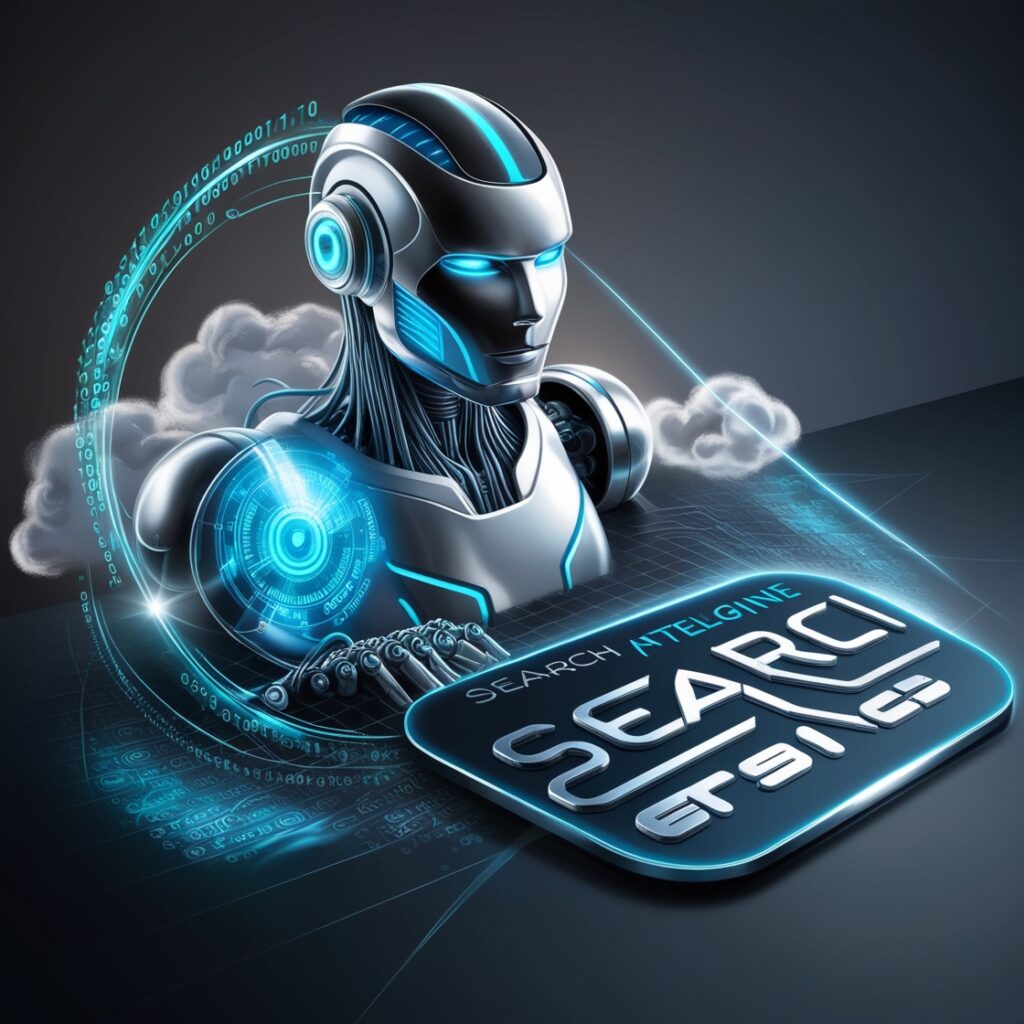Chatbots have revolutionized the way businesses interact with customers, offering 24/7 support and enhancing user experiences. If you’ve ever wondered how to build your first chatbot using AI, this guide will walk you through the process step-by-step. Whether you’re a beginner or a tech enthusiast, creating an AI-powered chatbot is more accessible than ever, thanks to user-friendly tools and platforms.
What Is a Chatbot?
A chatbot is an application that simulates human conversation using text or voice. With advancements in artificial intelligence (AI) and natural language processing (NLP), modern chatbots are capable of understanding and responding to user queries in a conversational manner.
Why Build a Chatbot Using AI?
• 24/7 Availability: Provide round-the-clock support to customers.
• Cost-Effective: Automate repetitive tasks and reduce operational costs.
• Enhanced User Experience: Respond quickly and accurately to customer inquiries.
• Scalability: Handle multiple queries simultaneously without performance issues.
Steps to Build Your First Chatbot Using AI
1. Define the Purpose of Your Chatbot
Before you begin, decide on the purpose of your chatbot. Common use cases include:
• Customer support
• Lead generation
• E-commerce recommendations
• FAQ automation
Clearly defining the goal will help you determine the features and capabilities your chatbot needs.
2. Choose the Right Tools and Platforms
There are many platforms that make it easy to build a chatbot using AI, even without coding. Some popular ones include:
• Dialogflow: A Google-powered NLP platform ideal for building conversational interfaces.
• Microsoft Bot Framework: Offers tools to build and connect bots across various platforms.
• ChatGPT API: Leverage OpenAI’s conversational capabilities.
• Tidio or ManyChat: Beginner-friendly platforms for simple chatbot creation.
3. Design the Conversation Flow
Your chatbot’s conversation flow is critical to user experience. Plan the dialogue:
• Define user intents (e.g., “Check order status”).
• Create sample responses for each intent.
• Build fallback messages for unrecognized queries.
Tools like Lucidchart or built-in flow designers in chatbot platforms can help you visualize this process.
4. Train Your Chatbot Using AI Models
To make your chatbot intelligent, you’ll need to train it using AI:
• Natural Language Processing (NLP): Enables the chatbot to understand user queries.
• Machine Learning (ML): Helps the chatbot learn from user interactions.
• Training Data: Input sample questions and responses to improve accuracy.
5. Test Your Chatbot
Testing is a crucial step to ensure your chatbot performs as expected. Check for:
• Accuracy in understanding user intents.
• Proper handling of unexpected queries.
• Smooth transitions between conversation steps.
6. Deploy Your Chatbot
Once your chatbot is ready, deploy it on your desired platform. Common options include:
• Websites
• Social Media (Facebook Messenger, WhatsApp)
• Mobile Apps
Best Practices for Building Your First Chatbot Using AI
1. Keep It Simple: Start with basic features and expand later.
2. Human Handoff: Ensure users can connect with a human agent when needed.
3. Regular Updates: Continuously train your chatbot with new data to improve accuracy.
4. Analyze Performance: Use analytics tools to track user interactions and optimize responses.
Benefits of AI-Powered Chatbots
• Increased customer satisfaction through quick responses.
• Automation of repetitive tasks, freeing up human agents.
• Scalability to handle thousands of queries at once.
• Personalization of user interactions.

Conclusion
Learning how to build your first chatbot using AI is an exciting and rewarding journey. With the right tools, a clear purpose, and proper training, you can create a chatbot that enhances user experiences and adds value to your business.
Start building today and join the growing community of tech innovators using AI to transform communication!
For more contents like this keep learning on getsetbuild.com.




Your article helped me a lot, is there any more related content? Thanks!
Your article helped me a lot, is there any more related content? Thanks!
Your point of view caught my eye and was very interesting. Thanks. I have a question for you.
Your point of view caught my eye and was very interesting. Thanks. I have a question for you.
Thank you for your sharing. I am worried that I lack creative ideas. It is your article that makes me full of hope. Thank you. But, I have a question, can you help me?
Thanks for sharing. I read many of your blog posts, cool, your blog is very good.
Great content! I really appreciate how well you’ve explained the topic. It’s helpful and easy to understand. Keep it up!
Your point of view caught my eye and was very interesting. Thanks. I have a question for you.